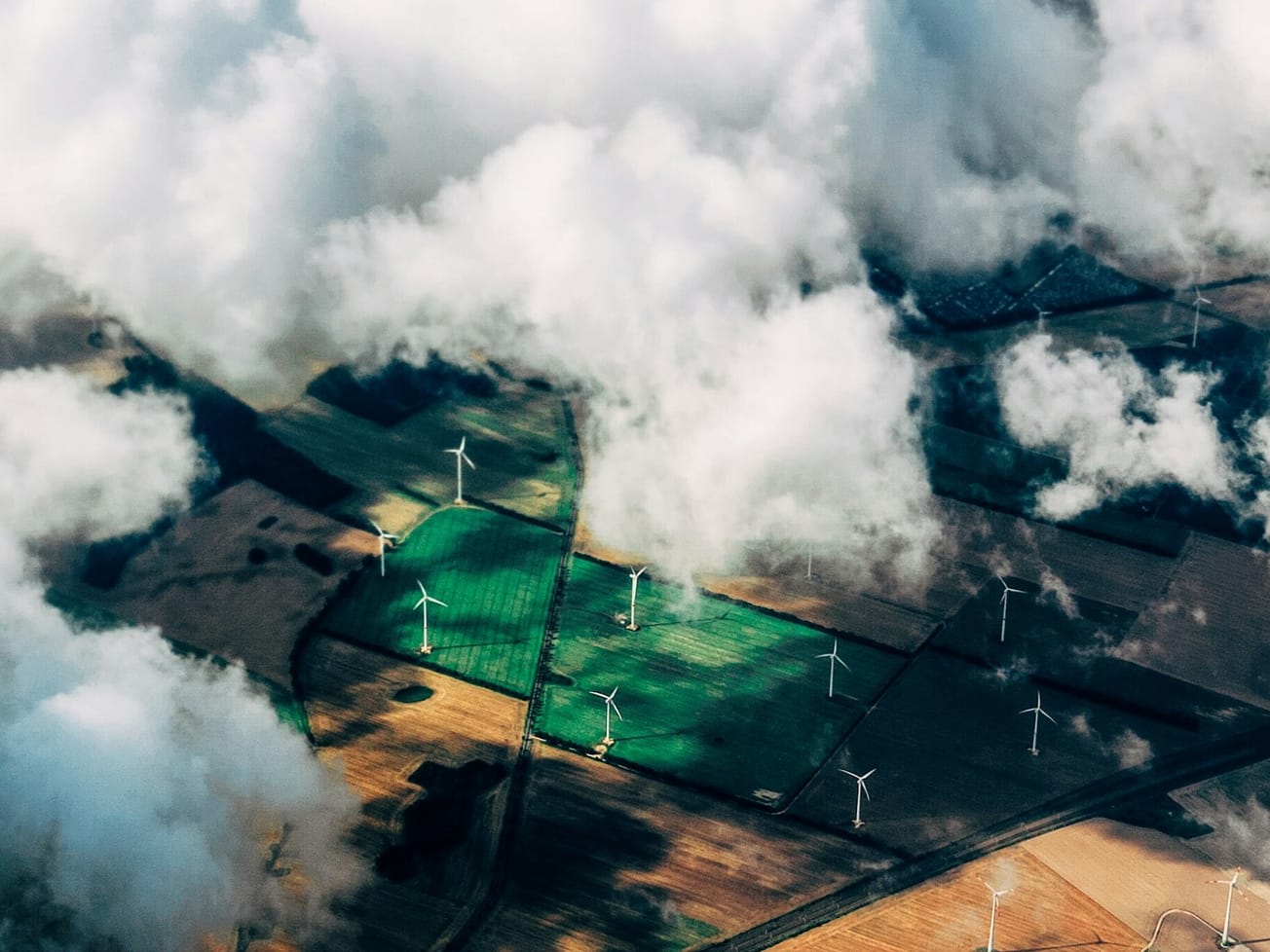The International Energy Agency says full implementation of the energy goals from the COP28 climate summit in Dubai last year would cut carbon pollution and significantly accelerate a shift in the global energy sector.
What's new: IEA's report on Tuesday, seven weeks before COP29 begins, is meant to prod countries into acting on their pledges. Almost 200 countries agreed at the U.N.-led climate summit to achieve net zero emissions from the energy sector by 2050.









